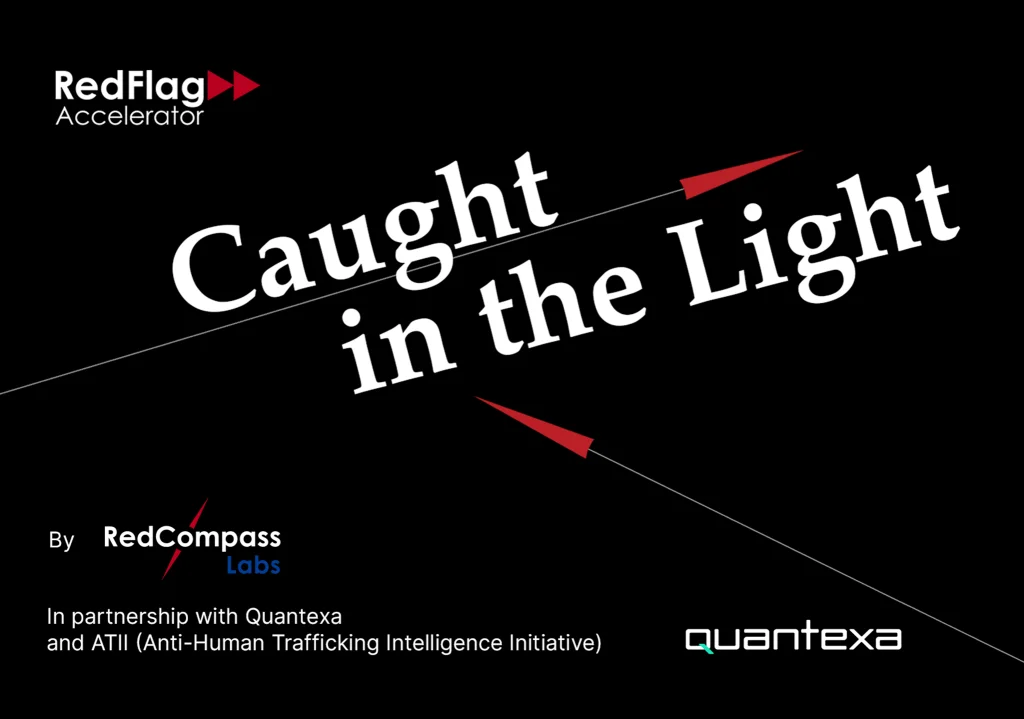EBAday 2024: Are banks ready for the SEPA instant payments regulation?
Europe is marching toward a world where fluid and frictionless fast payments are the norm. EU banks will be required to send instant payments by the 9th of January 2025 and to receive instant payments by the 9th of October 2025. It’s a huge task with a short deadline.
Around six in ten (58%) believe the deadlines are unrealistic, while a third of those who do not yet offer instant payments are unconfident they’ll be ready in time.
To discuss the challenges banks face and how they can overcome them, Kjeld Herreman, Head of Strategy Advisory at RedCompass Labs, talks to Alex Lipitch at Finextra TV.
Kjeld talks about our Verification of Payee, processing volumes, and sanctions screening.
If you want to learn more about how banks are preparing for the SEPA instant payment regulations, download our “So, you think you’re ready for SEPA Instant?” report.
Transcript:
[00:00:00] Alex Lipitch: Hello and welcome to Finextra TV. I’m Alex Lippitt, and you join us here in Lisbon for EBAday 2024. And on the sofa, I’m delighted to be joined by Kjeld Herreman of RedCompass Labs. Kjeld, great to see you.
[00:00:21] Kjeld Herreman: Lovely to be here.
[00:00:23] Alex Lipitch: Thank you for joining us. What do you think of the studio and the view?
[00:00:25] Kjeld Herreman” Fantastic, right? And you have a view over all these wonderful companies?
[00:00:30] Alex Lipitch: Yeah. Couldn’t ask for a better spot. So we’re going to be talking about the deadlines, what’s approaching. So, how do you think financial institutions can best prepare, or are they prepared to meet these European instant payment deadlines, do you think?
[00:00:46] Kjeld Herreman: It’s a tough one. The deadlines are very short. Essentially, banks have nine months to be able to receive instant payments and 18 months to be able to send them across all channels, to implement verification of payee. And that entails a lot of challenges.
Six out of ten banks in our research have said that they don’t think the deadlines are realistic. Now, the banks that we work with, we can split them up into two categories: those that already do instant payments and those that don’t.
The ones that already do instant payments, they’re not there yet. Right? Because first of all, the Verification of Payee and doing that on all channels, it’s an enormous task.
All channels is a huge thing, right? It’s not just your mobile banking app, it’s not your online channels. But it’s even self-service kiosks, call center interfaces. All of this. So there’s a ton of work to do there.
And in addition to that, banks can no longer charge for an instant payment compared to regular SEPA one. So that takes away a lot of the friction, especially for corporates to do instant payments. So we anticipate that those volumes will rise significantly.
And there’s a lot of banks today that are capable of processing a couple of tens or hundreds of transactions per second.
But in this world where instant payments are the new normal, that no longer suffices.
So, they’ve got challenges.
The other category of banks that we have are the ones that haven’t done it yet. And they have even further to go. And for a lot of them, payments might not even be their core business, such as private banks and asset managers.
So, a lot of challenges.
[00:02:25] Alex Lipitch
You’ve mentioned, a lot of the challenges, a lot of different things happening, a lot of things to get used to. What would you identify as the core operational challenges for these institutions when adopting instant payments do you think?
[00:02:25] Kjeld Herreman
So for the ones that don’t do instant payments yet, a lot of times, they close the door at six and then don’t have to open it until eight in the morning again. They’re used to a business day. Whereas real time payments are 24/7.
A lot of banks have core banking systems that do end-of-day processing, whereas real-time payments are supposed to be permanently reachable.
And that’s got big implications. It means upgrading your infrastructure. We see banks starting to leverage the cloud more and more for their instant payment processing. And it means trying to think of solutions as well.
How do I go about my core banking being closed and still being able to process instant payments? A core banking transformation or replacement?
It’s not something you do in nine months. So banks have to think about that tactically, about what their options are.
[00:03:25] Alex Lipitch: Really interesting insight. So, how do you think the shift to instant payments will impact these financial institutions and also the customers as well, at the end of the day?
[00:03:35] Kjeld Herreman: So I think customers are very excited about this.
When we surveyed corporate treasurers, one of the things that they’re quite keen on as well is the use of instant payments and new use cases. Of e-commerce potentially down the line, even point of sales. Today, that’s very much in the dominion of the card payments, which are a relatively expensive payment means. So corporates are quite excited to use that.
In addition to that, if we look at other markets, like in the US, for instance, we see a lot of corporates using it for earned wage access or insurance payouts, things like that. So a lot of interest from corporates there as well.
Traditionally it hasn’t been top of mind for them, but they used to have to pay for instant payments.
Now it’s just basically a day of extra working capital that they get for free for minimal changes on their end. So, we do anticipate to see those volumes coming up quite impressively.
[00:04:29] Alex Lipitch: So, what strategies can payment service providers employ to address the demands of real-time payments, do you think?
[00:04:37] Kjeld Herreman: So there’s a couple of things that they can do.
First of all, they need to think about their business requirements. In the sense of, how many transactions you actually need to process. Right? What do you anticipate your volumes are going to be?
And you need to design your architecture to be able to deal with that. That means end-to-end. You need to identify all the systems involved in processing and payment.
So that means sanction screening. It means fraud detection. It means your core banking. It means the middleware that’s connecting all of that, right? So make a cartography of all those systems and make sure that they’re scalable to the dimension they need to be.
The second thing that they need to do is to make sure that they have the ability to do accounting 24/7, and where they can think about things like standard processing or shadow balances as tactical solutions to get around some of that.
And finally, if you don’t have a payment engine or a payment solution, you need to procure that. What we advise and what we see as well is that, banks and PSPs are going much more for vanilla solutions.
Whereas in the past they’d often ask their vendors to customize things for them for their bespoke business models, today they’re doing that more in-house or with toolkits, such as ours, to keep their payments – their big blocks, right? – their core banking or their payments engine as standard as possible, thereby lowering their total operating costs.
[00:05:59] Alex Lipitch: Fascinating stuff. It would be fascinating to see how things develop moving forward. We really appreciate you taking your time out to speak to us.
We’ll let you get back to it now. We know you’ve got a busy day ahead. But thank you, Kjeld, for being here.
[00:06:09] Kjeld Herreman: Fantastic. Thank you.
[00:06:11] Alex Lipitch Pleasure.
Share this post
Written by

RedCompass Labs
Resource
So, you think you’re ready for SEPA Instant?
We asked 200 senior payment professionals at European banks about what this new legislation means for them and how it is set to impact their financial institutions. Download “So, you think you’re ready for SEPA Instant?” report to get the full results.
Download now.Resources




